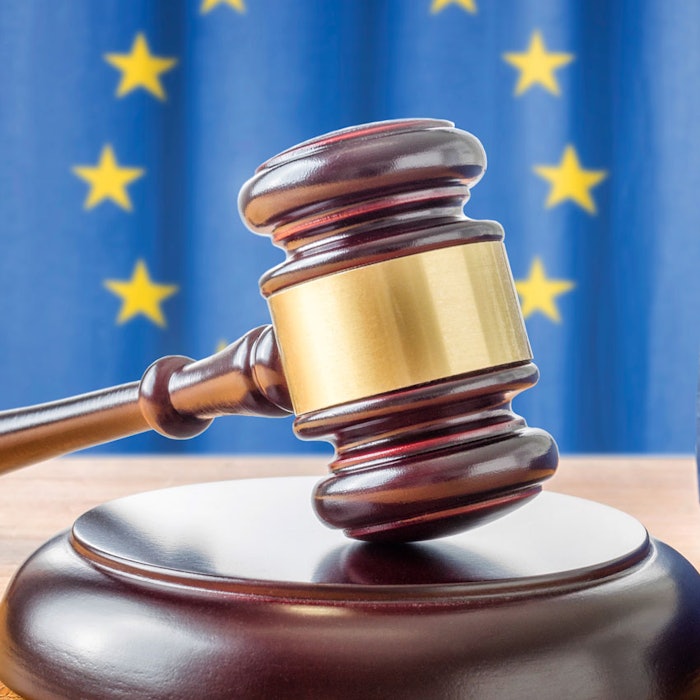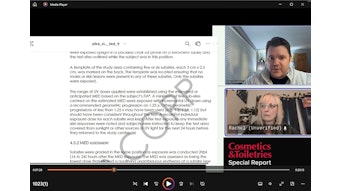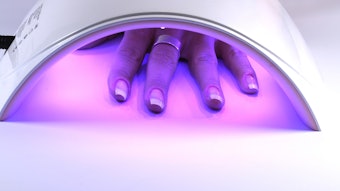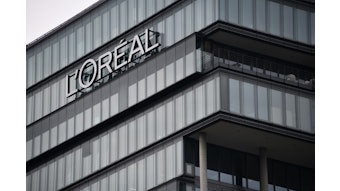
So, you want to sell your cosmetic product in the European Union (EU)? First, be aware (if you don't already know) that Cosmetics Regulation (EC) No. 1223/20091 is the main regulatory framework for finished products placed on the EU market (see previous overview).
This regulation indicates that, in order to demonstrate a cosmetic product is safe for human health (as per Article 3), the Responsible Person (RP) shall ensure, prior to placement on the market, that the product has undergone a safety assessment, and that a cosmetic product safety report (CPSR) is set up in accordance with Annex I (Art. 10.1). The CPSR should include all the safety data and information about the product including the safety assessment.
The CPSR is the most important element of the overall Product Information File (PIF), from a safety standpoint. Substances listed in Annexes II-VI of the regulation—i.e., prohibited substances (II), restricted substances (III), colorants (IV), preservatives (V) and UV filters (VI)—fall under the responsibility of the Scientific Committee on Consumer Safety (SCCS).
The CPSR: What’s In It?
Annex I of Cosmetics Regulation (EC) No. 1223/20091 lists the minimal content required in the CPSR, organized in two parts: Part A, safety information; and Part B, the product safety assessment. This content is summarized below. A key element of Part A is section 8, the toxicological profile. This will be reviewed in further detail in next month's regulatory column. Furthermore, the safety assessment in Part B must be carried out by a suitably qualified safety assessor (per Article 10.2).
Product Information File (Art. 11)
Cosmetic Product Safety Report (Art.11.2.b) Annex I
Part A: Cosmetic Product Safety Information
1. Quantitative and qualitative composition of the cosmetic product
2. Physical/chemical characteristics and stability of the cosmetic product
3. Microbiological quality
4. Impurities, traces and information about the packaging material
5. Normal and reasonably foreseeable use
6. Exposure to the cosmetic product
7. Exposure to the substances contained therein
8. Toxicological profile of the substances
9. Undesirable effects and serious undesirable effects
10. Information on the cosmetic product
Part B: Cosmetic Product Safety Assessment
1. Assessment conclusion
2. Labeled warnings and instructions for use
3. Reasoning
4. Assessor's credentials and approval of part B
Assessment Considerations
Beyond assuring safety assessment occurs, the RP is charged with ensuring certain aspects of the assessment. The intended use of the cosmetic product and anticipated systemic exposure to individual ingredients in the final formula should be taken into account. Furthermore, an appropriate weight-of-evidence approach should be used for reviewing data from all existing sources.
The safety assessment must be performed on a case-by-case basis for each cosmetic product and based on the results of an expert evaluation of the data by the safety assessor. Guidance for the safety evaluation is provided by the European Commission2 and the SCCS.3 Lastly, as listed in Part B1, an assessment conclusion should be included with a statement about the safety findings of the cosmetic product.
References
1. Regulation (EC) No 1223/2009 of the European Parliament and of the Council of 30 Nov 2009 on cosmetic products (Cosmetics Regulation)
2. Guidelines on Annex I to Regulation (EC) No 1223/2009 of the European Parliament and of the Council on cosmetic products, Nov 25, 2013 (2013/674/EU)
3. SCCS’s Note of guidance for the testing of cosmetic ingredients and their safety evaluation, 9th revision, Sep 29, 2015 (SCCS/1564/15)
Additional Reading
COLIPA Guidelines on the Product Information File Requirement (Dec 2011)










